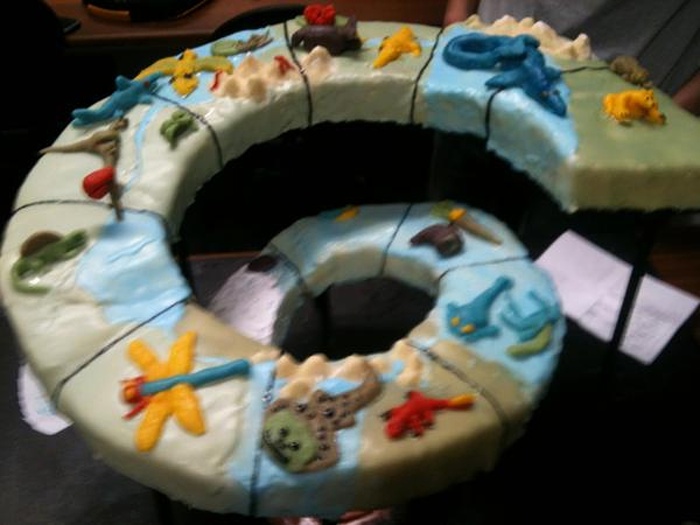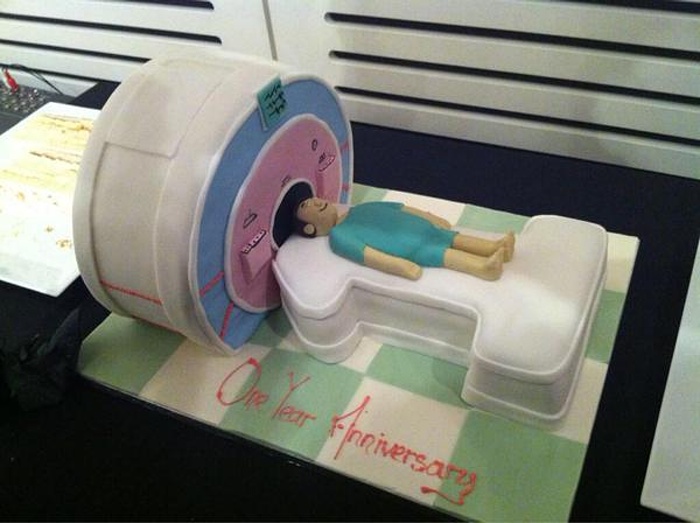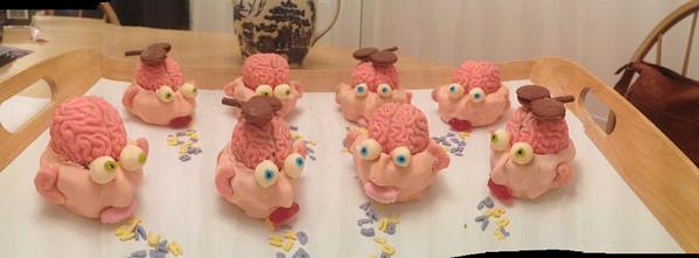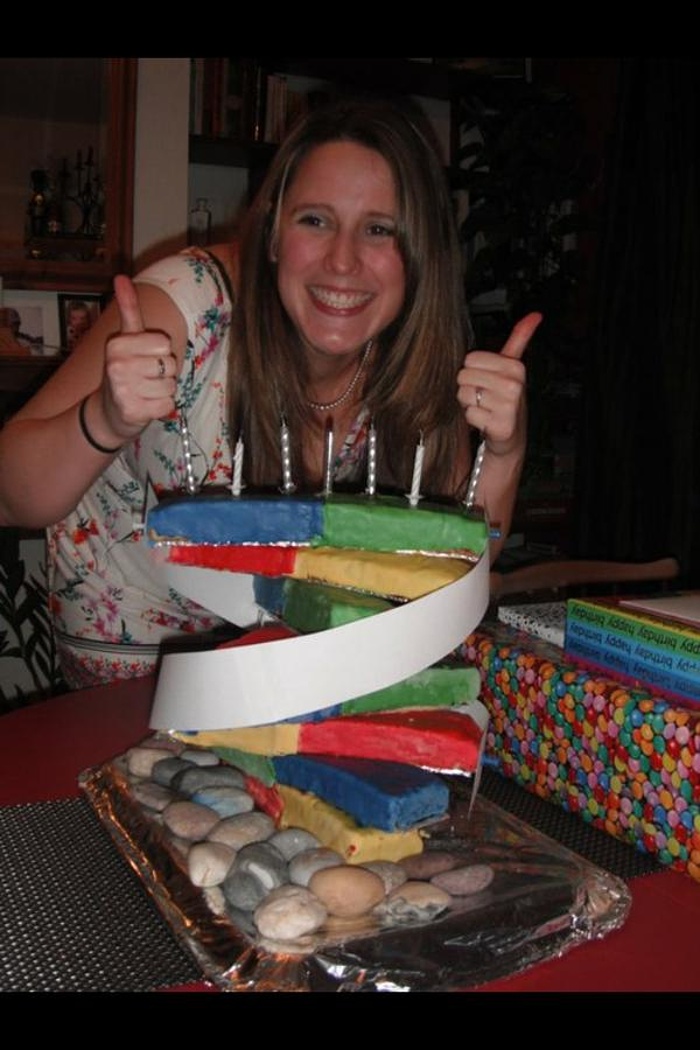There’s a fascinating May 23, 2013 news item on phys.org about reading habits in the 14th century,
Today we constantly switch from one text to another: news, blogs, email, workplace documents and more. But a new book by an MIT [Massachusetts Institute of Technology] professor reveals that this is not a new practice: In the 14th century, for instance, many people maintained eclectic reading habits, consuming diverse texts in daily life.
Consider Andrew Horn, the chamberlain for the city of London in the 1320s—meaning he was essentially the lawyer representing London’s interests in court against the king, who was Edward II for most of that time. The bound manuscripts in Horn’s possession, handed down to the city and preserved today, reveal a rich mixture of shorter texts: legal treatises, French-language poetry, descriptions of London and more.
Perusing such diverse texts, within bound volumes, was all in a day’s reading for a well-educated person, asserts Arthur Bahr, a professor of literature at MIT. Now in his book “Fragments and Assemblages,” published by the University of Chicago Press, Bahr says we must reconstruct how medieval people compiled these bound volumes in order to best grasp how they thought and wrote.
The May 23, 2013 MIT news release by Peter Dizikes, which originated the news item, explores the impact these reading habits may have had on a classic text of the period,
When we realize that individuals read this way, Bahr notes, we can see that the practice of throwing together all kinds of texts in a single bound manuscript may have influenced the composition of the most famous piece of literature of the period, Geoffrey Chaucer’s late-14th-century work “The Canterbury Tales,” a rich collection of linked stories.
“The ability to see the potential of textual juxtapositions is the cultural ground out of which the Canterbury Tales springs in the late 14th century,” Bahr says. “Chaucer’s invitation to readers is a kind of interactive process of composition. He has an idea about what ordering of the tales makes sense, because he creates links between them, but he’s encouraging us to participate. We don’t think of older writing as being that radical, but it is.”
Dizikes’ news release also provides some historical context for medieval reading practices,
To see why readers 700 years ago jumped between texts so much, recall that this was prior to the invention of the printing press, which was introduced in Europe in the middle of the 15th century. Before single books could be mass-produced more easily, manuscripts were copied out by hand, then bound together. This process led people to have many different types of texts bound together, rather than a single text being the entirety of a bound volume.
The book’s (Fragments and Assemblages) author, Bahr, interprets the relationship between the texts found in Andrew Horn’s bound volume and extends the interpretation to Chaucer’s work (from the news release),
In the case of Horn’s manuscripts, Bahr says, London’s chamberlain collected “detailed records of all the rules and legal precedents that give the city power and autonomy. But he included poetry, and bylaws for a poetic society, and a little Latin poem that doesn’t seem to go with anything else. Thinking about the literary, and being able to read in literary ways, as well as practical ways, was a skill he thought was important.”
But Horn was not just throwing a bunch of texts together and expecting readers to bounce around wildly from one to another, Bahr observes. He had a deliberate method to his assemblages of texts.
“Horn actually uses the construction of his books to create literary puzzles for his reader,” Bahr says. “One poem just doesn’t make sense, but if you read the poem in juxtaposition with the legal treatise that comes after, then the two pieces make sense. He’s suggesting that the law and literature are sort of the yin and the yang, you need both. And that is kind of amazing, really.”
In the book, Bahr looks at additional 14th-century manuscripts that compiled works of many authors, but also reinterprets Chaucer through the lens of these reading practices.
“Chaucer is able to conceive of the literary project that he undertakes in large part because those early figures created a literary culture that was attuned to these sorts of textual juxtapositions within literary manuscripts,” Bahr says.
Consider, Bahr adds, the Miller’s Tale, in the prologue of Chaucer’s great work. “It’s a very funny tale about a miller, his adulterous wife, and her lover,” Bahr says. “As Chaucer is getting ready to tell it, he says, [in effect], ‘If you don’t like dirty stories, just turn the page and look at something else.’ This has been taken as a joke, but it’s a serious joke, because we can turn the page, and we’re being invited to think about the effect of different textual juxtapositions. If we put these pieces in a different order, what would that do to the work as a whole?”
Among other things, Bahr points out, it would lead readers to skip about more freely within “The Canterbury Tales” and, in effect, create their own distinctive versions of it. [emphases mine]
That last bit sounds remarkably like some descriptions of digital novels and other ‘experimental’ work being done in what is sometimes called ‘new media’.
The whole thing brings to mind, Baroness Susan Greenfield, a British neuroscientist, who regularly forecasts ruin in the wake of new, mind-altering technologies such as Facebook and Twitter. I imagine that if the book were a new technology today, she would find it just as disturbing.
I’m not sure how amusing Dean Burnett’s satirical April 9, 2013 posting is for anyone who’s not familiar with Greenfield’s pronouncements but here’s an excerpt from Burnett’s post (Note: Links have been removed),
Following her recent article about the potential neurological dangers of the newly announced “Facebook phone”, it’s becoming increasingly likely that any new technological development will eventually have an article about it in which Susan Greenfield predicts the serious damage it could do to people’s brains.
Overlooking the fact that the recent article reads as though it was written by someone whose understanding of Facebook and smartphones is based exclusively on an overheard conversation between two drunken advertising executives in a pub, Greenfield tends to stick to a reliable and predictable formula.
Technological advances usually focus on making things faster, slicker and more efficient. So, should you need a Greenfield-esque article about the latest technological announcement to make your needless paranoia-inducing agenda seem more scientific/credible, there’s no need to wait until the Baroness herself can fit you into her schedule. Now you can write your own by following this simple step-by-step guide.
I highly recommend reading both Dizikes’ news release and Burnett’s posting in their entirety.
ETA May 31, 2013 1:10 pm (PDT): There is another article about Arthur Bahr and his latest book, Fragments and Assemblages, which describes the work in more depth. Medieval reading lessons by Kathryn O’Neill for MIT.





